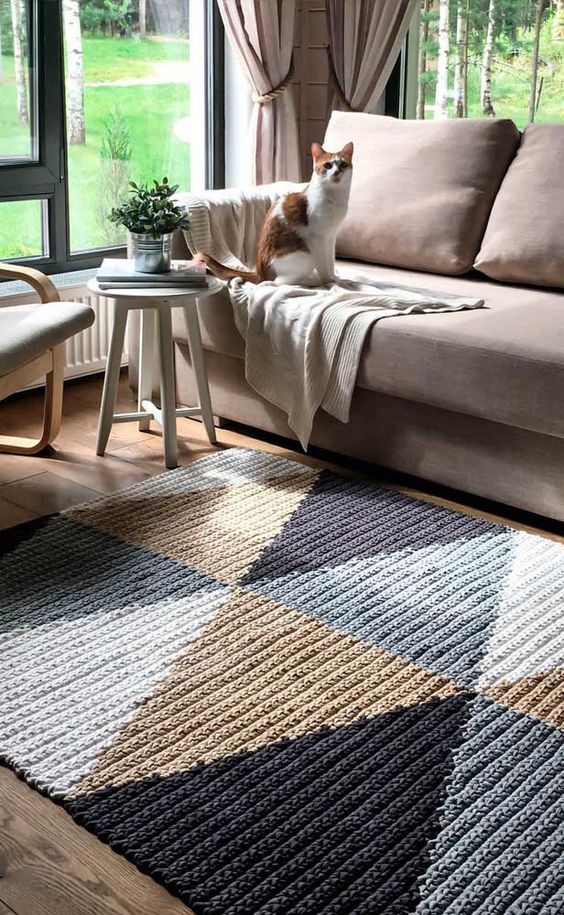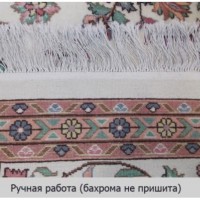How to distinguish a factory-made carpet from a hand-made one?
It may seem strange to some, but carpets are still popular. Now they serve as an additional design element that makes it possible to quickly transform a room or add a little twist. Someone more like carpets made in a factory using robotic machines, someone more like handmade carpets. In this regard, the question arises: how can you distinguish factory carpets from handmade carpets?
The presence of a discrepancy. The easiest way to check who made the carpet is to find the so-called "marriage". If the carpet was made on a machine, then you simply will not find it. Since at the factory all carpets are carefully checked and any discrepancy with the original pattern is perceived as "low-quality products", and therefore must be disposed of. If the "marriage" was found, then before you is a handmade carpet. It may be something insignificant, but since a person is not a machine, it was simply impossible to do without it.
Key differences between factory production and handmade rugs
Reverse side . The left side of the carpet can also indicate who made the carpet. The fact is that if the carpet is handmade, then several people are working on it at once, which means that the pattern of knots on the left side will be uneven. While for a factory carpet made with the help of a robot, the front side will differ from the non-front side only in the brightness of the color.
Fringe . Fringe can be another striking distinctive sign of where the carpet was made. Hand-made carpets have a so-called "knotted" fringe, since these threads are actually an extension of the carpet product. On the carpet, which is made at the factory, the fringe will be sewn separately. Since the machine makes everything separately.
However, someone may ask, what if we buy carpets without fringes? There are no difficulties here either. Pay attention to the edging. In handicrafts, it will be strong but uneven. At the same time, as in the factory carpets, the edging is beautiful and even. Regardless of the side of the carpet.
Marking . As a rule, on carpets made in a factory, a special label must be present, which will reflect:

- place of production
- company founder
- what materials were used
On hand-made carpets, however, you will not find such a label. But you can find the embroidered signature of the master in some corner, so as not to spoil the overall picture of the drawing.
Color . Factory-made carpets have a solid color. Since for production, large batches of the same colors of threads are usually purchased in order to make several pieces at once. Carpets made by people will sometimes still have different shades of the same color. These differences are minor and in most cases invisible. However, true connoisseurs of flowers can find them. This is due to the fact that the threads are also dyed by hand and usually these are small batches because of this, with each dyeing, the color may slightly differ from the previous one.
Composition . Carpets that are made with machinery can be made of synthetic fabrics. Although not all manufacturers do this. Hand-made carpets use only natural fabrics. This is due to the fact that working with synthetic fabrics with your own hands is simply inconvenient, and you can also earn an allergic reaction.
Thus, we can conclude that each of the types of carpets has its own pros and cons. Therefore, each buyer must in advance, before going to the store, make a decision about what kind of carpet he wants to buy. Since, with the exception of small, but sometimes important details, there is no big difference in them. And in order not to go to a large number of stores, we invite you to visit our online store "Carpet Planet", where there is a large selection of different carpets.
